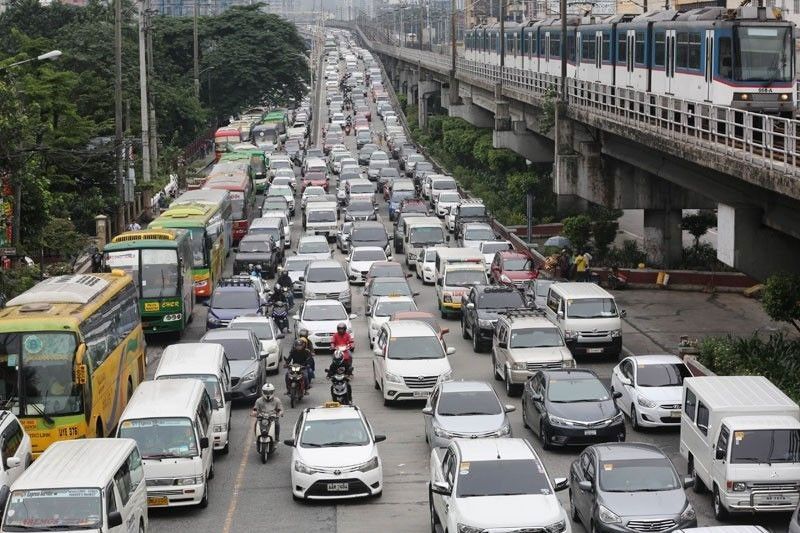Urban planner blames politics for inaction on 'catastrophic' traffic predicted 43 years ago

MANILA, Philippines — Urban planning expert Felino "Jun" Palafox Jr. blamed "too much politics" and lack of continuity and institutional memory as reasons behind Metro Manila's "catastrophic" traffic, which he said was already predicted to happen 43 years ago.
"I think too much politics, lack of continuity and institutional memory because sometimes some administrations when they come in new, they ignore previous planning initiatives and so on. Maybe because of our three-year election, six-year election so it's short term and opportunistic not long term and visionary," Palafox said in an interview Monday over ANC's "Early Edition."
"So the past 43 years, it was do nothing or do little that's why we have catastrophic traffic right now," he said, adding that what transport and worker groups alike are calling a mass transportation crisis today was predicted as early as 43 years ago.
Palafox, who has been involved in urban planning for more than four decades cited four examples of projects that should have long been accomplished, namely the proposal of eight light rail transit lines which should have been completed by 1992, the subway system which was proposed in 1971 and the Circumferential Road 6 which was proposed in 1945.
He pointed to the World Bank-funded Manila Development Planning Project in 1976 where he served as senior planner and team leader for development planning. According to him, many recommendations had already been put forward at the time.
"We said that time that the 'do-nothing' scenario, we will have catastrophic traffic, flooding, [unpreparedness] for disasters, lack of decent housing, garbage problem[s], water supply crisis, power, and so on," he said.
A World Bank document on the aforementioned project mentions that, "[Metro Manila's] most pressing problems relate to shelter, health and nutrition, urban transport and institutional capabilities."
The report and recommendation also went on to identify that, "The Metropolitan Manila Area also suffers from major transportation problems [as] chronic congestion has become a common condition because of population growth and a rapid growth in the number of private passenger vehicles."
According to its abstract, the 1976 Manila Development Project included recommendations on "road construction and rehabilitation, the provision of traffic signals, equipment for a central traffic control center, mobile radios for police traffic control, geometric improvements of junctions, road marking paint; improvement of footpaths, and construction of bus shelter[s]."
Sen. Francis Pangilinan's proposed "Magna Carta of Dignified Commuting" filed on July 24 similarly pushes for adequate transportation services and functional mobility infrastructure, among other provisions geared towards uplifting the quality of life for everyday commuters.
Palafox said that the aforementioned infrastructure projects only officially began work now despite all having been proposed decades ago.
"It's only now under the Duterte administration that Circumferential Road 6 [is] being done," he said. "The subway is [also] being started now which [was] proposed more than four decades ago."
Palafox's interview comes after Metro Manila's traffic congestion problem were again thrust into the spotlight after presidential spokesman Salvador Panelo accepted a "challenge" to commute to the Malacañan Palace after asserting that there was no transportation crisis.
A 2017 study by the Boston Consulting Group showed Metro Manila's traffic congestion was the third-worst in Southeast Asia, costing motorists and commuters alike an average of more than an hour lost in traffic.
Metropolitan Manila Development Authority data from 2018 revealed that EDSA carried an average of around 402,000 vehicles per day, far exceeding its supposed capacity of just 288,000 vehicles.
Meanwhile, statistics from the Japan International Cooperation Agency released that same year said that traffic congestion now costs the Philippines P3.5 billion in "lost opportunities" each day.
- Latest
- Trending

































